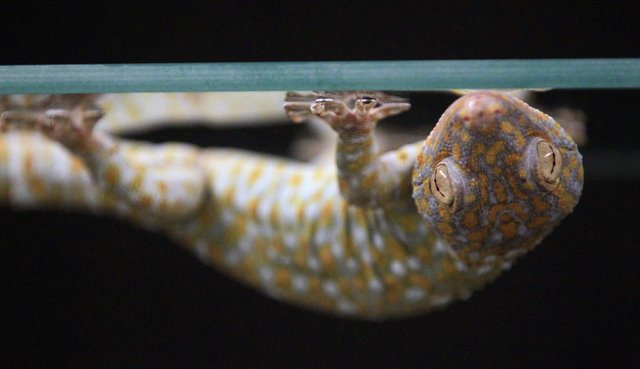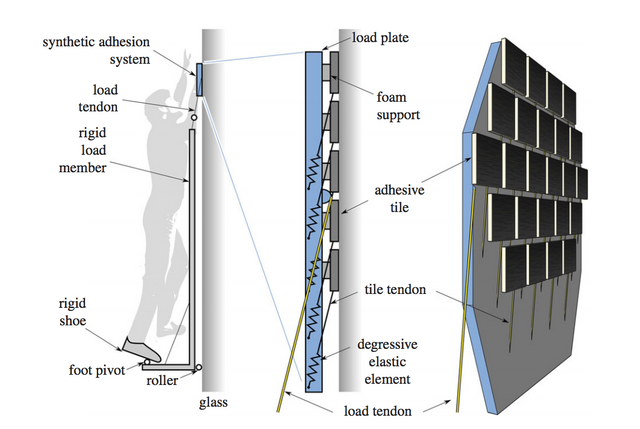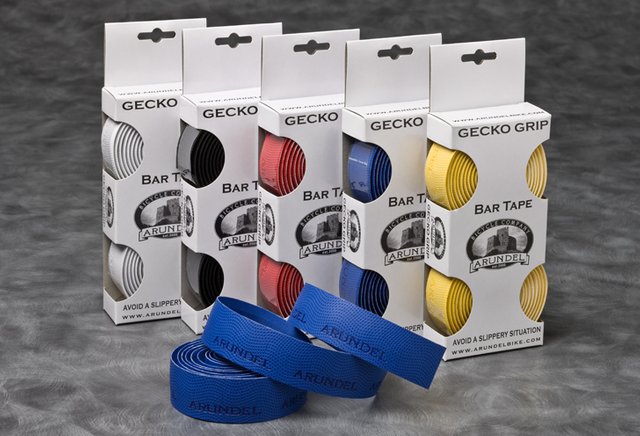Today, in the nanoscience series I will be talking on “GECKO”. Geckos are basically belongs to lizard’s family, size ranges from 0.6-24 inches and mostly like to stay in warm climate. Most geckos cannot blink, but they often lick their eyes to keep them clean and moist. They have a fixed lens within each iris that enlarges in darkness to let in more light.

Geckos are reptiles and are found on all the continents except Antarctica. These colorful lizards have adapted to habitats from rain forests, to deserts, to cold mountain slopes. One may ask several questions about these creature like, what they eat, are they poisonous, can they camouflage too etc. But today I am going to focus on the special ability of gecko to stick to any surface, and what makes it possible.

Nanoscience has the answer to this question. The feet of Geckos have a number of specializations: foot structure, materials to which the foot adheres and the ability to adhere to that surface and become a part of it.
Gecko’s feet can adhere to seemingly smooth surface, the interaction between the gecko’s feet and the climbing surface are stronger than simple surface area effects. On its feet, it has nanoscale setules that increases the Van der Waal forces between its feet and the surface. These setules are fibrous structural proteins that protrude from the epidermis, which is made of β-keratin, the basic building block of human skin.

The β-keratin bristles are approximately 5µm in diameter. It contains around 500000 hairs per toe and the end of each seta consists of approximately 1000 spatulae that are shaped like an isosceles triangle. The sepatulae are approximately 200nm on one side and 10-30nm on the other two sides. These setules are aligned parallel but nor properly oriented on the toes. The lateral load component is limited by the peeling of the spatulae, and the vertical load component is limited by shear force. Adhesive force in one foot is approx 100 newtons.

Micrometer and nanometer scale view of a gecko’s toe
This strong bonding capability of gecko’s feet has inspired researchers to develop a synthetic adhesive that is re-attachable dry and self-cleaning. Applications for such adhesives include wall-climbing robots, tissue adhesives for medical applications, and grippers for manipulation. Several efforts has been made to mimic the nature’s creation using electron beam lithography, carbon nanotubes, nanodrawing and micro/nanomolding. Though, higher adhesion was seen in structure with eider flat mushroom tips, suggesting the importance of size of tip for generating such force.



Gecko tape made of columns of carbon nanotubes at the University of Akron, has four times the sticking power of gecko feet.
In 2003, Andre Geim and fellow researchers at University of Manchester successfully developed a synthetic material that mimics the gecko's feet called gecko tape.

The fabrication process of the tape involves many cutting edge nanotechnology methods. First, a polyamide film substrate was prepared on silicon wafer, then aluminum mask was created through electron beam lithography (which uses electron beam to create pattern on the surface). this mask is then transferred to the polyamide film through dry etching (a process where ions are bombarded against the metal to remove the mask) resulting into the projectile polyamide hairs, and these hairs are then attaches to a base, which allows the material to adhere better to surface.
While many problems still obstruct immediate commercial applications of gecko tape, such as poor durability and high fabrication costs, the prospects of the technology are still generating excitement in a variety of fields.
Adhesive material that exploits intermolecular forces could be crucial in certain environments where conventional adhesion tools such as suctions and glues cannot function; for instance, a descendent of gecko tape might enable astronauts to perform spacewalks with the tape affixing the astronaut’s boots to the spacecraft, eliminating the need for complex harnesses. In more typical circumstances, the incredible strength of gecko tape could be used in a myriad of applications, such as increased mobility for humans in construction, inspection, and military situations. The fact remains that as we progress in our understanding and utilization of the most fundamental forces of nature, we will be able to approach problems once though unsolved from a new direction, specifically, from the bottom-up.
I hope you like this article, if you do please upvote and resteem.
Previous post Nanoscience article #1: Ever wondered why sharks swim fast
Happy Reading :)
Vinamra
excellent post
Downvoting a post can decrease pending rewards and make it less visible. Common reasons:
Submit
Thanks alot....if you have upvoted the post it would much better.
Downvoting a post can decrease pending rewards and make it less visible. Common reasons:
Submit